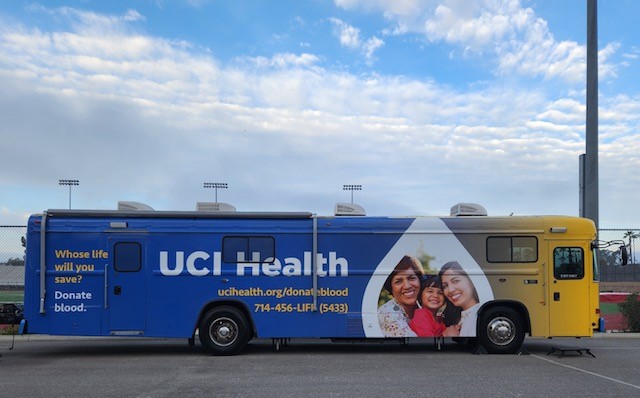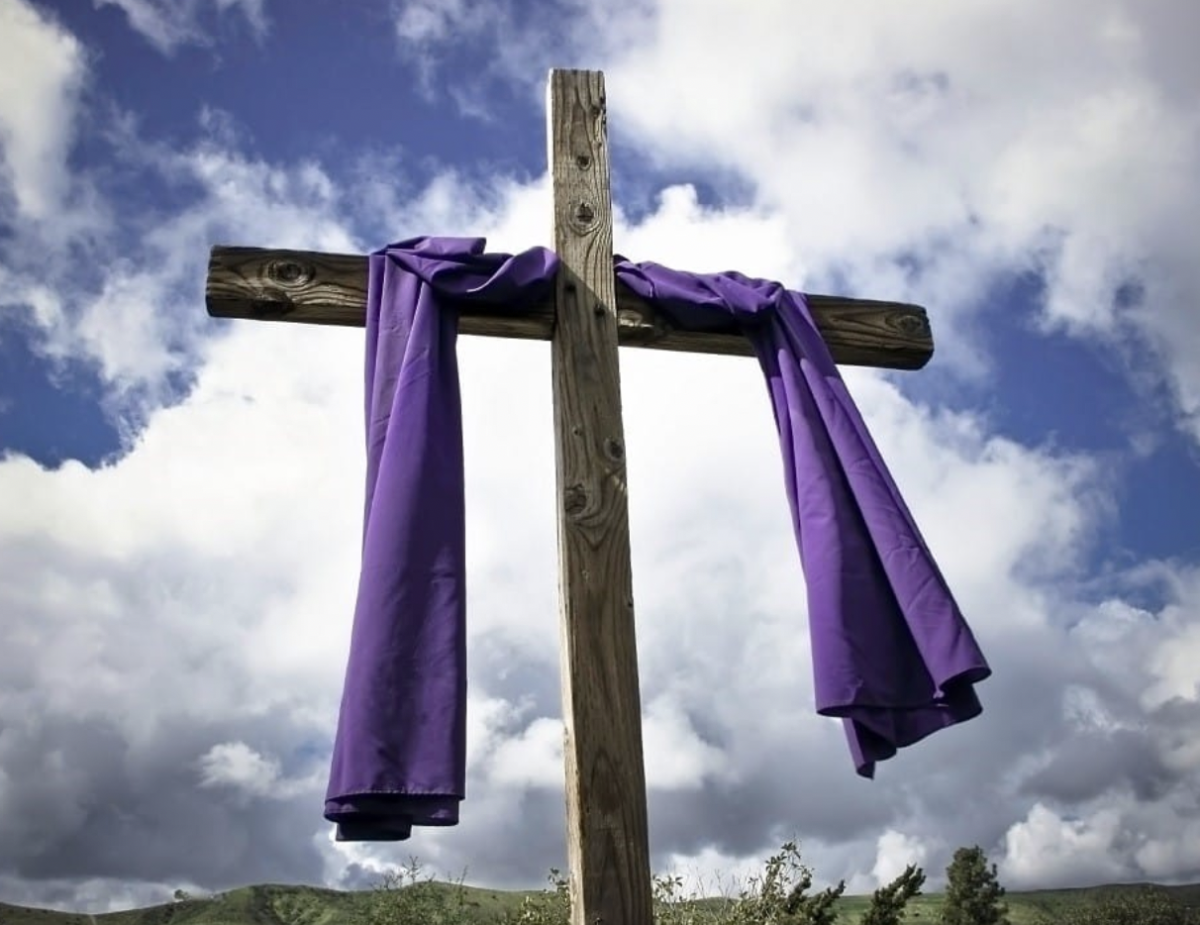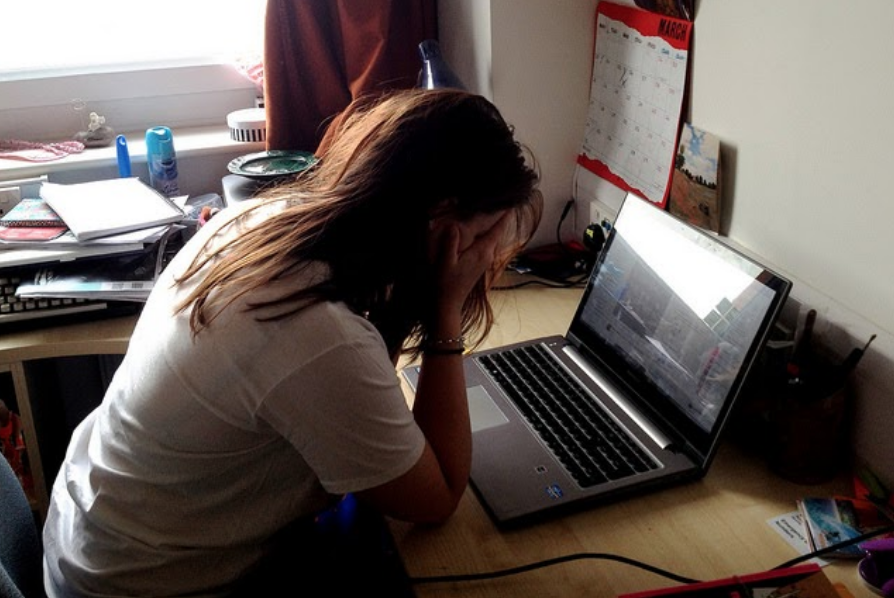The Inequality of Remote Learning
As the switch to remote learning continues, students across the country face complications. Those residing in low-income areas encounter greater struggles, whether it be having little access to the internet, or having a poor connection.
October 11, 2020
Growing up in Yorba Linda, a city that was named the sixth wealthiest in the nation in 2016, I have lived a privileged lifestyle (OC Register). My privilege not only appears in my home life, but it also translates to school. When asked to have a book for assignments, my parents would always purchase it, relieving me of the stress of checking out a book from the limited supply at the library. Online work has never been problematic, as I have my own computer at home, along with a printer that is always stocked with ink and paper.
When COVID-19 struck suddenly in the United States, forcing a leave from schools nationwide, Yorba Linda High School attendees appeared unphased. While a deadly virus plagued the country, many YLHS students viewed this quarantine as a vacation from the stresses of school. Patrick Song (12) is guilty of this mindset as well, as he left campus that last day with a joyous outlook, thinking that “school would be far easier from the comfort of [his] own home.”
Due to the dangers and uncertainty of COVID-19, schools throughout the nation were forced to switch to remote learning. While most of my peers began, what we viewed as an extended spring break, other YLHS attendees and students across the country panicked, as this switch to online learning would unveil undeniable discrimination.
The reality is, most schools are not like YLHS. Many students do not have internet access, making school that relies entirely on the internet, impossible. According to a survey of 45 Southern California school districts performed by the Los Angeles Times, “school districts found profound differences in distance learning among children attending school districts in high-poverty communities… and those in more affluent ones.”
For years, there have been obvious differences in the quality of education students from low-income areas receive from those in affluent areas, as those with more resources tend to experience greater successes. As long as remote learning persists, this already-large gap will only worsen, strengthening the inequalities students of color and students from low-income families face. The discrepancies formed from the switch to online learning may seem temporary, but as we take on another month of remote learning, the harms inflicted on these students seem to pose an everlasting risk on an entire generation of students.
While YLHS has earned a name for having “rich” attendees, as the parking lots are home to many exotic cars, there are still students who miss Zoom meetings because of unsteady internet connection at home. YLHS may be located in an upscale city, but that does not dismiss the fact that there are some who are forced to use their phones to complete schoolwork, as computers are not accessible in their household.
As a result of living in Yorba Linda for all 17 years of my life, I have been blinded to the bleak realities our nation faces. Most households do not look like mine. Most schools do not look like mine. I am among the few who have always had internet access, and never had any problems with attending my Zoom meetings. My performance in school has not been jeopardized because of the switch to online school, and I am still earning the same grades, if not better, than prior to remote learning.
The widening gap between low and high-income students is nothing new, but COVID-19 has only accentuated the obvious prejudice in public education. School may not be able to return for the time being, due to the dangers of the prevalent coronavirus, but it is essential that these inequalities are addressed, as the futures of a generation of students depends on it.








































faith desio • Oct 23, 2020 at 8:23 AM
I have to admit on March 13th I was also excited, two extra weeks of spring break sounded nice. I was not ready for what was going to come in the next months. It is a struggle learning at home but I know everyone is trying their best! Amazing article Riley!